The Stranger
A man working for the War Crimes Commission suspects that an important Nazi official has folded himself into a quaint Connecticut town.
The Stranger is a 1946 American film noir starring Edward G. Robinson, Loretta Young, and Orson Welles. It is Welles’s third completed feature film as director and his first film noir,[4] about a war crimes investigator tracking a high-ranking Nazi fugitive to a Connecticut town. It is the first Hollywood film to present documentary footage of the Holocaust. The original story by Victor Trivas was nominated for an Academy Award. The film entered the public domain when its copyright was not renewed.
Plot
Mr. Wilson of the United Nations War Crimes Commission is hunting for Nazi fugitive Franz Kindler, a war criminal who has erased all evidence which might identify him, with no clue left to his identity except “a hobby that almost amounts to a mania—clocks.”
Wilson releases Kindler’s former associate Meinike, hoping the man will lead him to Kindler. Wilson follows Meinike to the United States, to the town of Harper, Connecticut, but loses him before he meets with Kindler. Kindler has assumed a new identity and is known locally as “Charles Rankin,” and has become a prep school teacher. He is about to marry Mary Longstreet, daughter of Supreme Court Justice Adam Longstreet, and is involved in repairing the town’s 400-year-old Habrecht-style clock mechanism with religious automata that crowns the belfry of a church in the town square.
When Kindler and Meinike do meet, Meinike, who is repentant, begs Kindler to confess his crimes. Instead, Kindler strangles Meinike, who might expose him. Eventually, Wilson deduces that Rankin is Kindler, but not having witnessed the meeting with Meinike, he has no proof. Only Mary knows that Meinike came to meet her husband. To get her to admit this, Wilson must convince her that her husband is a criminal—before Rankin decides to eliminate the threat to him by killing her. Kindler’s pose begins to unravel when Red, the family dog, discovers Meinike’s body. To further protect his secret, Kindler poisons Red.
Meanwhile, Mary begins to suspect her husband is not being honest with her. She is torn between her desire to learn the truth concerning her husband as a possible murderous monster and the idea of helping him create his new life. Mr. Wilson shows her graphic footage of Nazi concentration camps and explains how Kindler developed the idea of genocide. Not until Mary discovers Kindler’s plot to kill her does she finally accept the truth. She dares her husband to kill her. Kindler tries, but he is prevented by Wilson and his brother-in-law Noah. Kindler then flees into the church belfry, to hide and finish fixing the clock mechanism needed to operate the bell. Shortly afterwards Mary confronts him and a struggle between the two ensues, during this time the clock bell begins to chime, bringing most of the town to the foot of the building. Wilson climbs up to the top of the tower where he too confronts Kindler, and grabs the gun which Mary had managed to dislodge. Kindler is then shot and staggers out of the belfry and onto the clock face, where he is impaled by the clock mechanism he labored to repair, and falls to his death.
Cast
Edward G. Robinson as Mr. Wilson
Loretta Young as Mary Longstreet Rankin
Orson Welles as Franz Kindler, also known as Professor Charles Rankin
Philip Merivale as Judge Adam Longstreet
Richard Long as Noah Longstreet
Konstantin Shayne as Konrad Meinike
Byron Keith as Dr. Jeffrey Lawrence
Billy House as Mr. Potter
Martha Wentworth as Sara
Isabel O’Madigan as Mrs. Lawrence
Pietro Sosso as Mr. Peabody
Erskine Sanford as Party Guest
Theodore Gottlieb as Farbright (not in released version)
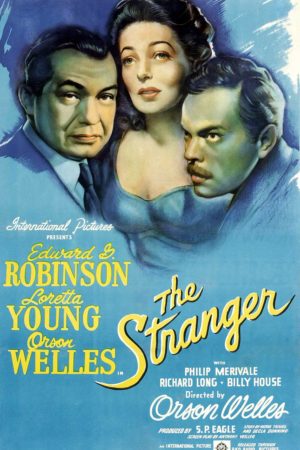
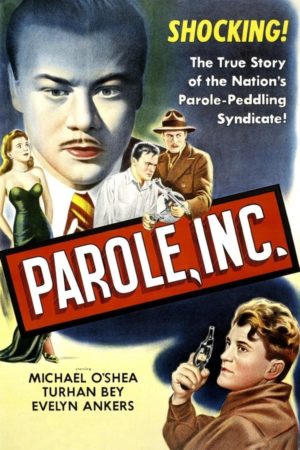
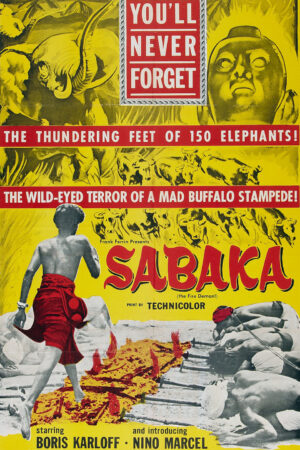
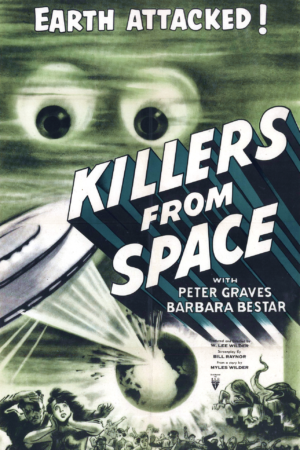

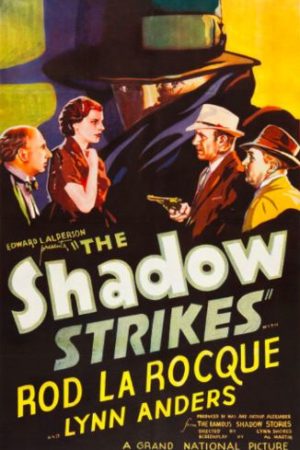
There are no reviews yet.